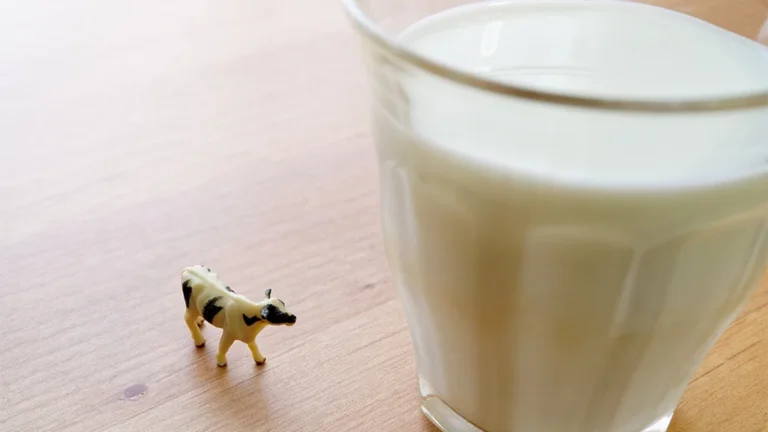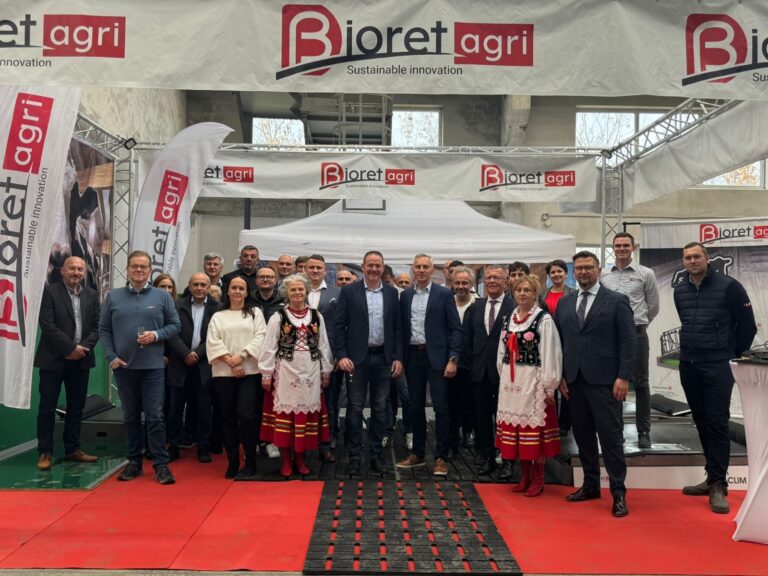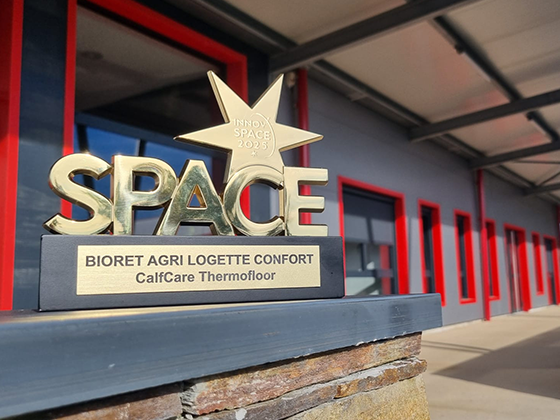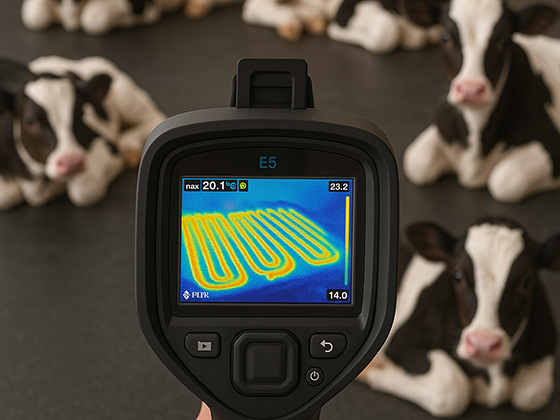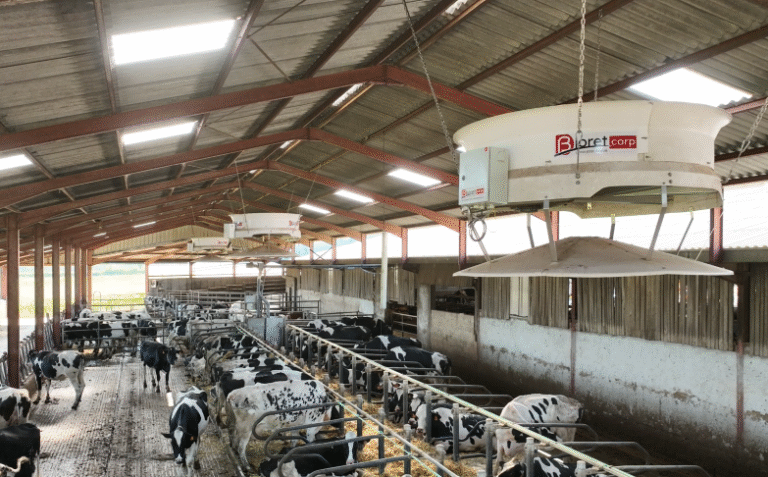What if dairy cow productivity was also a matter of flooring?
Considering that the primary reason for culling dairy cows in France is leg problems, farmers should immediately consider the flooring in their barns. Indeed, the risk of infection is always present in livestock building floors, which can be a breeding ground for bacteria, promoting the appearance of foot rot or other digital dermatitis. However, the hardness of concrete floors in corridors and stalls is the main issue. Unsuitable for the physiology of cows' feet, they weaken the legs of dairy cows, making them more susceptible to bacterial attacks and subsequently impacting the productivity of the operation through a domino effect. What if contributing to the well-being of cows involved questioning the quality of the surfaces in the barn?
Flexible flooring for healthy cow feet
Cows spend 8 to 12 hours a day standing. Simply placing their foot on a hard cement or asphalt floor causes shocks to the joints and, consequently, abrasion of the hooves. The repeated impact can lead to abnormal horn growth and the appearance of bony growths responsible for chronic, often irreversible, lameness. These traumas are even more pronounced in first-calf heifers, which do not have the genetic capacity to develop plantar pads.
On hard floors, even the smallest pebble can trigger a foot condition in dairy cows. Indeed, a minor injury on a surface with high infectious potential (numerous bacteria present in animal waste) can quickly generate lameness in the cow. Trimming is a temporary solution that unfortunately does not solve the underlying problem: the hardness of the floor, which is not suitable for the physiology of cows' legs.
- The Bioret Agri solution : The Magellan draining mat is a flexible rubber surface, installed on the floor of traffic lanes. The pressure exerted by the cow's foot is thus better distributed and the shocks are absorbed. Small stones fall into the grooves, preventing injury.
Cleanliness of livestock building floors: what levers?
Even when automated and regular, scraper cleaning is not always sufficient. The floor of the building often remains wet and therefore slippery. This creates a risk of falls and, in general, causes discomfort for the cows. The stress generated by their simple movements in the building impacts the quality of their feed intake, decreasing the amount absorbed and leading to a lower utilization of the ration. The cows' restlessness also hinders the farmer's daily monitoring, for heat detection for example, and makes it more difficult to identify other pathologies.
- The Bioret Agri solution : The grooves in the Magellan mat allow continuous drainage of liquids out of the building. The floor is dry and the cows benefit from more stable footing. Their feet are clean before arriving in the cubicle.
Barns: not all floor coverings are created equal
While slatted floors can provide a solution to certain problems related to the flooring of livestock buildings, they are a poor response to current ecological issues. Indeed, the stagnation of waste under slatted floors leads to an increase in ammonia emissions of +27%, with their induced effect on odor in the barn. At a time when the European Commission is advocating a reduction in NH3 emissions of -13% by 2030, rethinking the surfaces in your livestock building can become a real lever for action.
- The Bioret Agri solution : The Magellan mat reduces ammonia emissions by 40%, i.e. up to 7.5kg/year and per cow. The impact is measurable immediately and sustainably.
Founded by a dairy farmer and now managed by his son, Bioret Agri designs innovative solutions that address the problems faced by farmers on a daily basis. All the innovations in the range take into account both animal welfare in livestock buildings and the economic challenges of the operation. Healthy cows mean fewer veterinary expenses, allowing for 100% utilization of the dairy cows' production potential.
